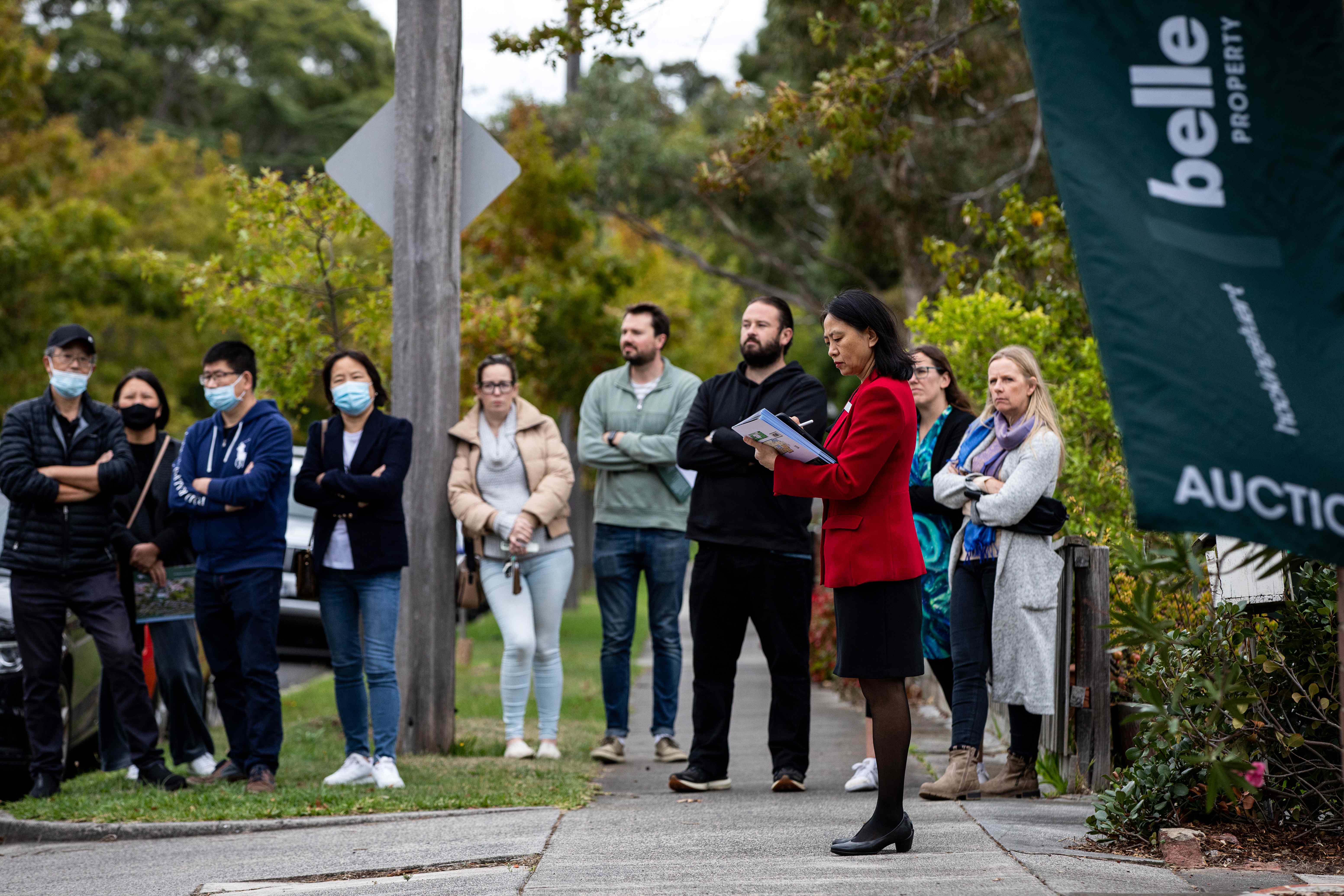Understanding Verification of Identity (VOI) at a legislative level can be a daunting task with pages and pages to look through. Especially in a world where digital VOI is becoming standard practice in its use.
To help, we’ve summarised government legislation and Australian Registrars’ National Electronic Conveyancing Council (ARNECC) model rules which apply to your workflow needs and knowledge for how to manage in-person and digital VOI methods.
The does not constitute legal advice nor does it replace prudent conveyancing practice. The following is a summary of verification of identity requirements, standards, and benefits for utilising digital tools. Read Victorian Participation Rules: Version 6, NSW Participation Rules Version 5, and ARNECC Model Participation Rules Version 6: VOI: for in depth information.
Basics of VOI
What is VOI?
Verification of identity is a process carried out to ensure that a person exists and the person is in fact who they claim to be. It includes ensuring that the person the conveyancer is dealing with is the same person shown in any evidence obtained by the conveyancer as part of the reasonable steps taken to verify the identity of the person.
Why is VOI Required?
The purpose is to reduce the risk of identity fraud and the registration of fraudulent land transactions. VOI of Clients and mortgagors is considered to be part of the due diligence required of conveyancing professionals.
In electronic conveyancing, a conveyancer who is representing a client will sign Registry Instruments or other Documents on the Client’s behalf. To proceed through this workflow and act on behalf of the client, the conveyancer must obtain a Client Authorisation.
For other participants in a Conveyancing Transaction to have confidence that the client’s or mortgagor’s identity is verified.
Who you need to verify:
The conveyancer must take reasonable steps to verify the identity of: clients; mortgagors; persons to whom certificates of title are provided; signers; conveyancer administrators; and users who are not signers or conveyancer administrators.
When is VOI Required?
A VOI must be ordered for:
Client & Client Agents – For individuals, companies, appointed (personal and business) attorney, and incorporated associations.
Mortgagor – For a mortgage or an amendment or variation of mortgage, or for a transfer of mortgage.
Signers – A conveyancer must verify the identity of each Person who is to Digitally Sign Documents on its behalf prior to a Digital Certificate being allocated to that Person.
Conveyancer Administrators – The conveyancer must verify the identity of each Person whom it appoints as a conveyancer administrator, prior to their appointment as a conveyancer administrator.
Users – The conveyancer must verify the identity of each User that is not a Signer or conveyancer administrator before the User is given access to the Electronic Lodgment Network.
How do I conduct a recognised VOI?
The conveyancer or agent must fulfil either VIC Participation Rules Verification of Identity Standard AND/OR take “reasonable steps” to verify identity using digital or remote tools.
You can verify your client by:
In Person: Verification of Identity Standard – Face-to-face regime – VOI must be conducted during a face-to-face in-person interview between the identity verifier and the person being identified to meet the standard.
Digital: Under the ARNECC and VIC Participation Rules Guidelines if you’re deemed to be taking “reasonable steps” you can verify your client remote. – The conveyancer decides what steps to take to verify the person’s identity is “reasonable”.
Client Authorisation (CA)
If the conveyancer is a representative, e.g act on behalf of the client with electronic conveyancing and instrument fulfilment, the conveyancer must;
- use a substantial form with date of signing (Client Authorisation Form);
- before digitally signing on behalf of the client;
- act in accordance to the form;
- take reasonable verification steps to bind client to client authorisation and ensure it’s signed by client;
Benefits of Digital Verification
There is a wealth of benefits and advantages to using a digital verification of identity solution.
Benefits include:
Conveyancer convenience – Increase your efficiency by sending the Client Authorisation Form (CAF) and Purchasers Declaration as part of the VOI process.
Security and fraud prevention – Some VOI platforms transmit and store VOI information securely in a write-only, ISO27001 certified private cloud provided database.
Client convenience – Using a digital VOI tool, your client can complete the verification process online, at a time of their own choosing, meaning they don’t need to take time out of their own day to attend meetings.
Cost effective – Eliminating in-person meetings this can save on travel costs and time. It can also reduce the need for paper-based documentation, which can help to save on printing and storage costs.
triSearch provides a VOI Solution, triVO. triVOI is a web-based verification of identity solution that allows you to verify the identity of your clients easily and securely.
Using triVOI, you can conduct your verifications face-to-face, remotely with the option for live video chat or a video recording, or through an identity agent. The tool will prompt your clients to upload relevant documents and can be completed in as little as 10 minutes. It is a cost effective and easy way to verify the identity of your clients. Learn More about triVOI.
If you’d like to learn more about VOI regulations and reasonable steps, register for the free webinar Verification of Identity 101: Understanding ARNECC and Reasonable Steps Webinar.






